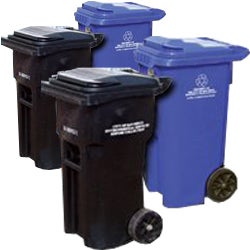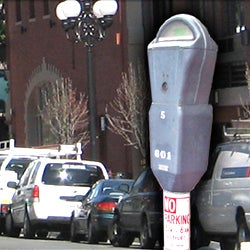Disaster Service Workers
All City of San Diego employees (and all public employees within the state of California) are declared as Disasters Service Workers (DSWs) per California Government Code, Section 3100-3109. As such, City employees may be assigned by their supervisors to perform various disaster service activities during times of emergency and disaster.
During large scale emergencies and disasters, the City's Emergency Operations Center will typically determine the need for DSWs, and then task City departments with sourcing them if required. When possible, DSWs will be assigned to disaster service activities that resemble as closely as possible their current job duties and classification. Examples of roles/activities that DSWs may be assigned during disasters and emergencies include, but are not limited to working in a shelter, serving as an interpreter, delivering and/or dispensing supplies, working in Local Assistance Center, assisting with damage surveys/assessments, filling sandbags, clearing debris, etc.
What to do during citywide or larger emergencies/disasters
If at work, report to/contact your department supervisor for potential activation and assignment as a DSW.
If at home or away from work, 1) ensure the safety of your family, 2) follow your department's emergency reporting instructions, and 3) continue to monitor sources of emergency information (e.g. KOGO 600 AM, local television news, City of San Diego website, etc).
For more information, refer to the DSW Training document (PDF).
DSW Training Program
The City of San Diego's DSW Training Program requirements consist of:
- Initial DSW Training PPT brief: Presented by Human Resources during each New Employee Orientation, and also presented semi-annually by the Office of Homeland Security.
- Annual review of the DSW Training PPT (individual effort)
Recommended and optional DSW Training Program elements consist of:
(Note: the two above optional courses are part of the online FEMA Independent Study Program, approximately three hours each in length, with an online exam and certificate upon completion. Staff may register at the FEMA website
- IS-100.B Introduction to Incident Command System.
- IS-700.A National Incident Management System, An Introduction.
DSW Reference Material
Emergency Preparedness Information Sources
There are numerous sources for emergency preparedness information and action steps. Two of the most exhaustive and authoritative sources are:
Both above sources provide valuable and important emergency preparedness information, and may be utilized/referred to individually or in conjunction.























